Patrick Webb
Global Dietary Database 2017: data availability and gaps on 54 major foods, beverages and nutrients among 5.6 million children and adults from 1220 surveys worldwide
Abstract
Background: We aimed to systematically identify, standardise and disseminate individual-level dietary intake surveys from up to 207 countries for 54 foods, beverages and nutrients, including subnational intakes by age, sex, education and urban/rural residence, from 1980 to 2015.
Global, regional, and national consumption of animal-source foods between 1990 and 2018: findings from the Global Dietary Database
Abstract
Background: Diet is a major modifiable risk factor for human health and overall consumption patterns affect planetary health. We aimed to quantify global, regional, and national consumption levels of animal-source foods (ASF) to inform intervention, surveillance, and policy priorities.
Children's and adolescents' rising animal-source food intakes in 1990-2018 were impacted by age, region, parental education and urbanicity
Abstract
Animal-source foods (ASF) provide nutrition for children and adolescents' physical and cognitive development. Here, we use data from the Global Dietary Database and Bayesian hierarchical models to quantify global, regional and national ASF intakes between 1990 and 2018 by age group across 185 countries, representing 93% of the world's child population. Mean ASF intake was 1.9 servings per day, representing 16% of children consuming at least three daily servings. Intake was similar between boys and girls, but higher among urban children with educated parents.
Global dietary quality in 185 countries from 1990 to 2018 show wide differences by nation, age, education, and urbanicity
Abstract
Evidence on what people eat globally is limited in scope and rigour, especially as it relates to children and adolescents. This impairs target setting and investment in evidence-based actions to support healthy sustainable diets. Here we quantified global, regional and national dietary patterns among children and adults, by age group, sex, education and urbanicity, across 185 countries between 1990 and 2018, on the basis of data from the Global Dietary Database project.
The quality of evidence of the associations of foods and nutrients on cardiovascular diseases and diabetes: an updated systematic review
Abstract
Importance: Poor diet is a leading global factor associated with cardiometabolic disease (CMD). Understanding the quality of evidence of the associations between specific dietary factors and CMD, including effect size (relative risk [RR]) and uncertainty, is essential to guide policy and consumer actions to achieve healthy diet and public health goals.
Global Dietary Database 2017: data availability and gaps on 54 major foods, beverages and nutrients among 5.6 million children and adults from 1,220 surveys worldwide
Background: We aimed to systematically identify, standardise and disseminate individual-level dietary intake surveys from up to 207 countries for 54 foods, beverages and nutrients, including subnational intakes by age, sex, education and urban/rural residence, from 1980 to 2015.
Defining diet quality: a synthesis of dietary quality metrics and their validity for the double burden of malnutrition
Abstract
Achieving most of the UN Sustainable Development Goals requires a strong focus on addressing the double burden of malnutrition, which includes both diet-related maternal and child health (MCH) and non-communicable diseases (NCDs). Although, the most optimal dietary metric for assessing malnutrition remains unclear. Our aim was to review available global dietary quality metrics (hereafter referred to as dietary metrics) and evidence for their validity to assess MCH and NCD outcomes, both separately and together.
